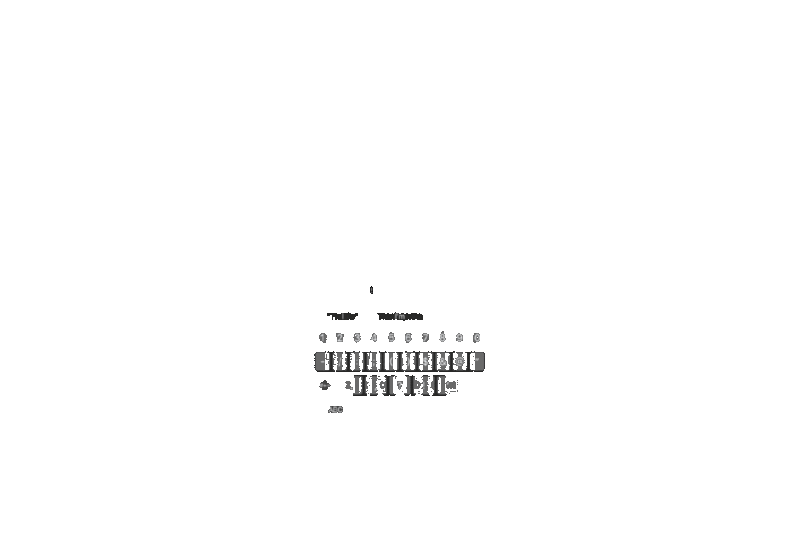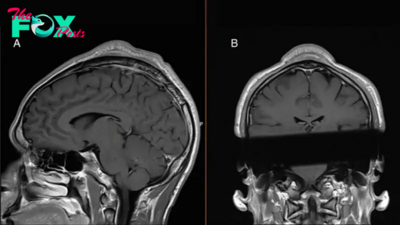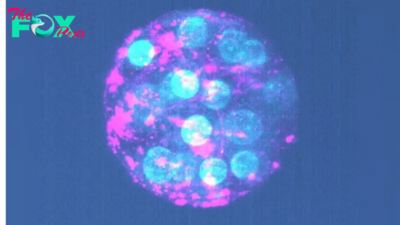Health
Optical illusion reveals key brain rule that governs consciousness
Optical illusions play on the brain's biases, tricking it into perceiving images differently than how they really are. And now, in mice, scientists have harnessed an optical illusion to reveal hidden insights into how the brain processes visual information.
The research focused on the neon-color-spreading illusion, which incorporates patterns of thin lines on a solid background. Parts of these lines are a different color — such as lime green, in the example above — and the brain perceives these lines as part of a solid shape with a distinct border — a circle, in this case. The closed shape also appears brighter than the lines surrounding it.
It's well established that this illusion causes the human brain to falsely fill in and perceive a nonexistent outline and brightness — but there's been ongoing debate about what's going on in the brain when it happens. Now, for the first time, scientists have demonstrated that the illusion works on mice, and this allowed them to peer into the rodents' brains to see what's going on.
Specifically, they zoomed in on part of the brain called the visual cortex. When light hits our eyes, electrical signals are sent via nerves to the visual cortex. This region processes that visual data and sends it on to other areas of the brain, allowing us to perceive the world around us.
Related: The brain-bending secret behind hundreds of optical illusions has finally been revealed
The visual cortex is made of six layers of neurons that are progressively numbered V1, V2, V3 and so on. Each layer is responsible for processing different features of images that hit the eyes, with V1 neurons handling the first and most basic layer of data, while the other layers belong to the "higher visual areas." These neurons are responsible for more complex visual processing than V1 neurons.
Until now, scientists have debated the extent to which V1 neurons respond to illusory brightness, such as the brightness people perceive when looking at the neon-color-spreading illusion. In a series of lab experiments in mice, researchers have now shown that these neurons play a fundamental role in this process and that their activity is also tempered by feedback from V2 neurons. So there's a volley back and forth between these different layers of the visual cortex.
-

 Health2d ago
Health2d agoPeople Aren’t Sure About Having Kids. She Helps Them Decide
-

 Health2d ago
Health2d agoFYI: People Don’t Like When You Abbreviate Texts
-

 Health2d ago
Health2d agoKnee problems tend to flare up as you age – an orthopedic specialist explains available treatment options
-

 Health2d ago
Health2d agoThe second Trump presidency could mean big changes for health insurance in Colorado
-

 Health3d ago
Health3d agoIs It Time to Worry About Bird Flu?
-

 Health3d ago
Health3d agoJared Polis praises Trump for choosing anti-vaccine activist Robert F. Kennedy Jr. as health secretary
-

 Health3d ago
Health3d agoJohn Cena’s Workout Routine And Diet Plan: How The WWE Superstar Stays In Shape
-

 Health3d ago
Health3d agoSleep Doctors Share the 1 Tip That’s Changed Their Lives



























